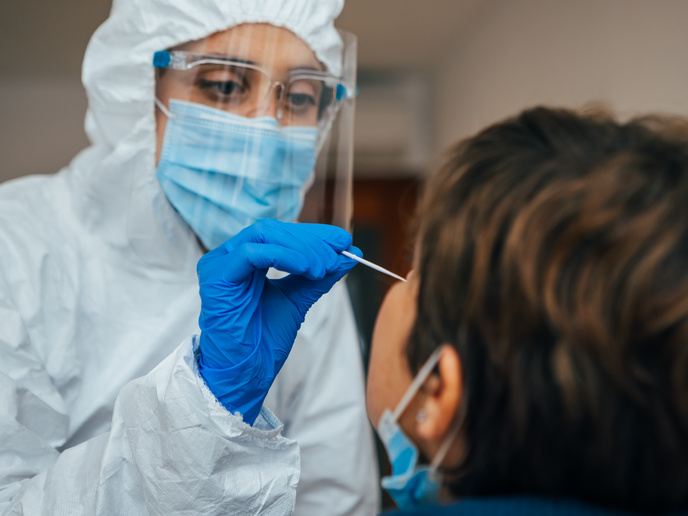Reeling in the answers to salmon health
Salmon pancreas disease (SPD) and sleeping disease (SD) are associated with increased mortality, growth failure and finally production losses in fish farming. The prevalence, severity and economic importance of these diseases make them difficult to define due to the time consuming, labour intensive method used for diagnosis. The SPD/SD DIAGNOSIS project focused on the development of sensitive, specific, and easy-to-use diagnostic tests for SPD and SD, exploiting the latest knowledge concerning the molecular characterisation of the viruses. Moreover further understanding of the pathogeneses and the study of the relative epidemiological aspects are pursued, in order to demonstrate adequate disease control strategies. Prospective longitudinal surveys were the tools used in order to study in detail the epidemiology of the so-called Salmonid alphavirus (SAV) infections. This type of survey involves observations of the same items over long periods of time. Its correlational and observational nature proved valuable in studying the histological lesions of the pancreas, heart, and muscle of their respective species due to sleeping disease and pancreas disease (PD). Moreover the techniques for the detection of virus and antibodies developed within the project comprise significant diagnostic and epidemiological tools. Future collaboration in the interpretation of the longitudinal studies of SAV infections together with information exchange will lead to results beneficial to the aquaculture industry, pharmaceutical companies or diagnostic laboratories.





